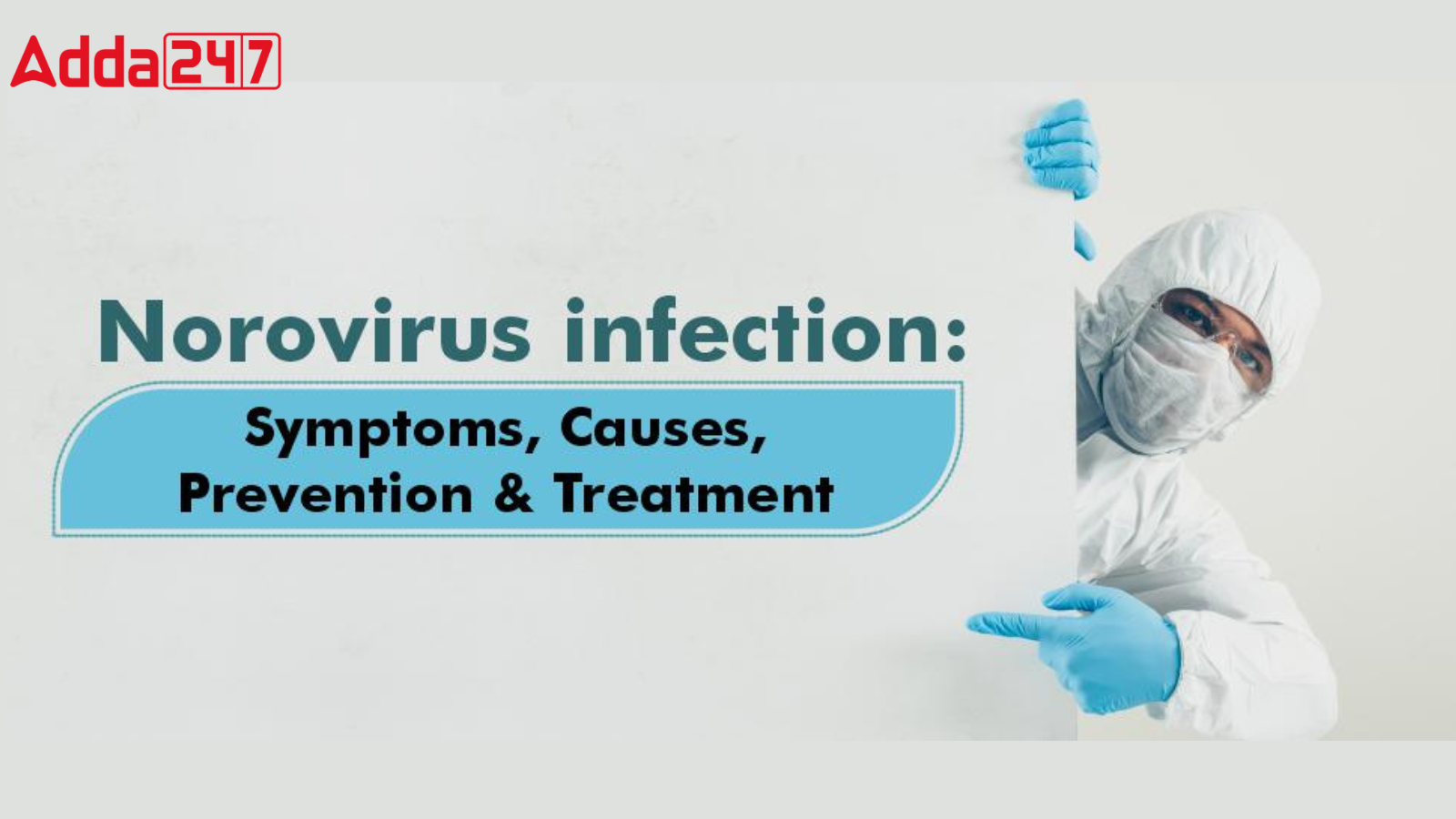Norovirus, a highly contagious virus belonging to the Caliciviridae family, presents a significant public health concern worldwide. Characterized by its rapid transmission through various mediums, including close personal contact, contaminated surfaces, and consumption of infected food or water, this pathogen poses challenges for both healthcare systems and individuals alike.
Symptoms and Onset
- Upon exposure to norovirus, individuals typically experience a swift onset of symptoms within a relatively short incubation period of 12 to 48 hours.
- These symptoms encompass a range of gastrointestinal disturbances, such as profuse diarrhea, severe abdominal pain, persistent vomiting, nausea, fever, and muscle aches.
- Most infected individuals experience a short-lived illness lasting 1 to 3 days. However, vulnerable groups such as young children, the elderly, and those with weakened immune systems are at higher risk of complications, particularly dehydration.
Contagious Nature
- Noroviruses exhibit a remarkable capacity for transmission, primarily through the fecal-oral route. Infected individuals shed the virus in their stool and vomit, thereby contaminating their surroundings, including surfaces and objects, which can remain infectious for an extended duration.
- Additionally, close personal contact with an infected individual or the consumption of contaminated food or water constitutes common modes of transmission.
Complications and Risk Factors
- Although most cases of norovirus infection resolve spontaneously, severe complications may ensue, particularly in vulnerable populations.
- Dehydration represents the most common complication, necessitating prompt medical intervention to mitigate associated risks.
- Risk factors for severe outcomes include age extremes, underlying medical conditions, and compromised immune function.
Addressing the Public Health Challenge
- The formidable challenge posed by norovirus underscores the imperative for comprehensive public health strategies aimed at containment and mitigation.
- Enhanced surveillance, coupled with effective outbreak response measures, is essential for identifying and controlling clusters of infection.
- Furthermore, raising awareness among healthcare professionals and the general populace regarding preventative measures and symptom recognition fosters a collective effort in combating the spread of norovirus.
Causes and Transmission
- Noroviruses, characterized by their resilience to environmental conditions and disinfection measures, persist in various settings, facilitating their transmission.
- Whether through direct contact with an infected individual, ingestion of contaminated food or water, or exposure to contaminated surfaces, the virus exploits multiple avenues to propagate within communities.
Prevention Measures
- Given the highly contagious nature of norovirus, preventative strategies play a pivotal role in curbing its spread. Vigorous hand hygiene, encompassing thorough handwashing with soap and water, remains the cornerstone of prevention.
- Additionally, individuals should exercise caution when handling food, ensuring proper cooking and storage practices are adhered to.
- Disinfection of frequently touched surfaces and objects, particularly in communal settings, further mitigates the risk of transmission.
Treatment and Management
- While no specific antiviral therapy exists for norovirus infection, supportive measures aim to alleviate symptoms and prevent complications.
- Adequate fluid intake is paramount to prevent dehydration, with oral rehydration solutions recommended for those at risk.
- In severe cases, particularly among vulnerable populations, hospitalization may be necessary to address fluid and electrolyte imbalances.




 Bhartiya Bhasha Utsav 2025: Celebrating ...
Bhartiya Bhasha Utsav 2025: Celebrating ...
 Starlink Internet: Revolutionising Globa...
Starlink Internet: Revolutionising Globa...
 Google 2025: Top Searches by Indian User...
Google 2025: Top Searches by Indian User...







